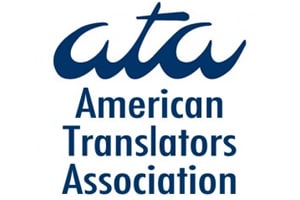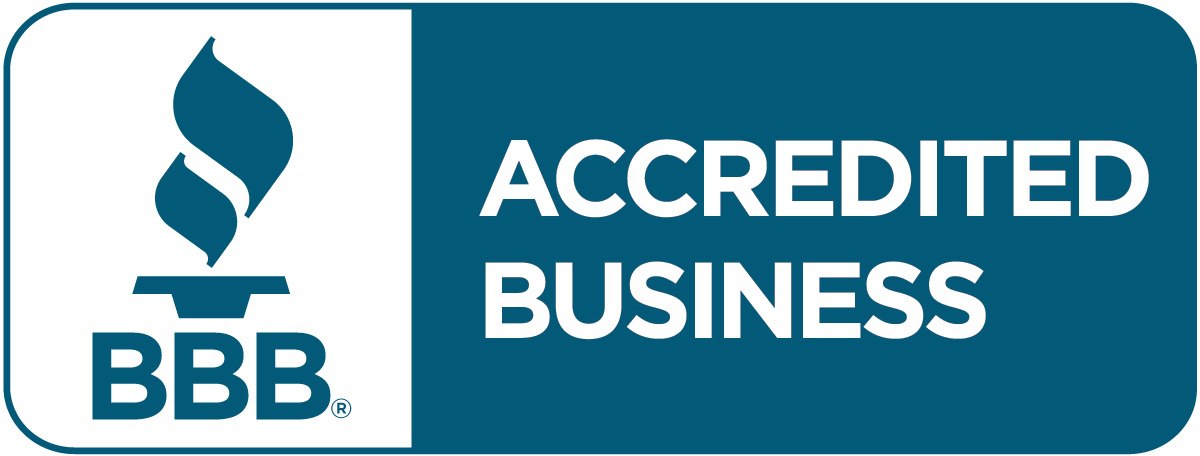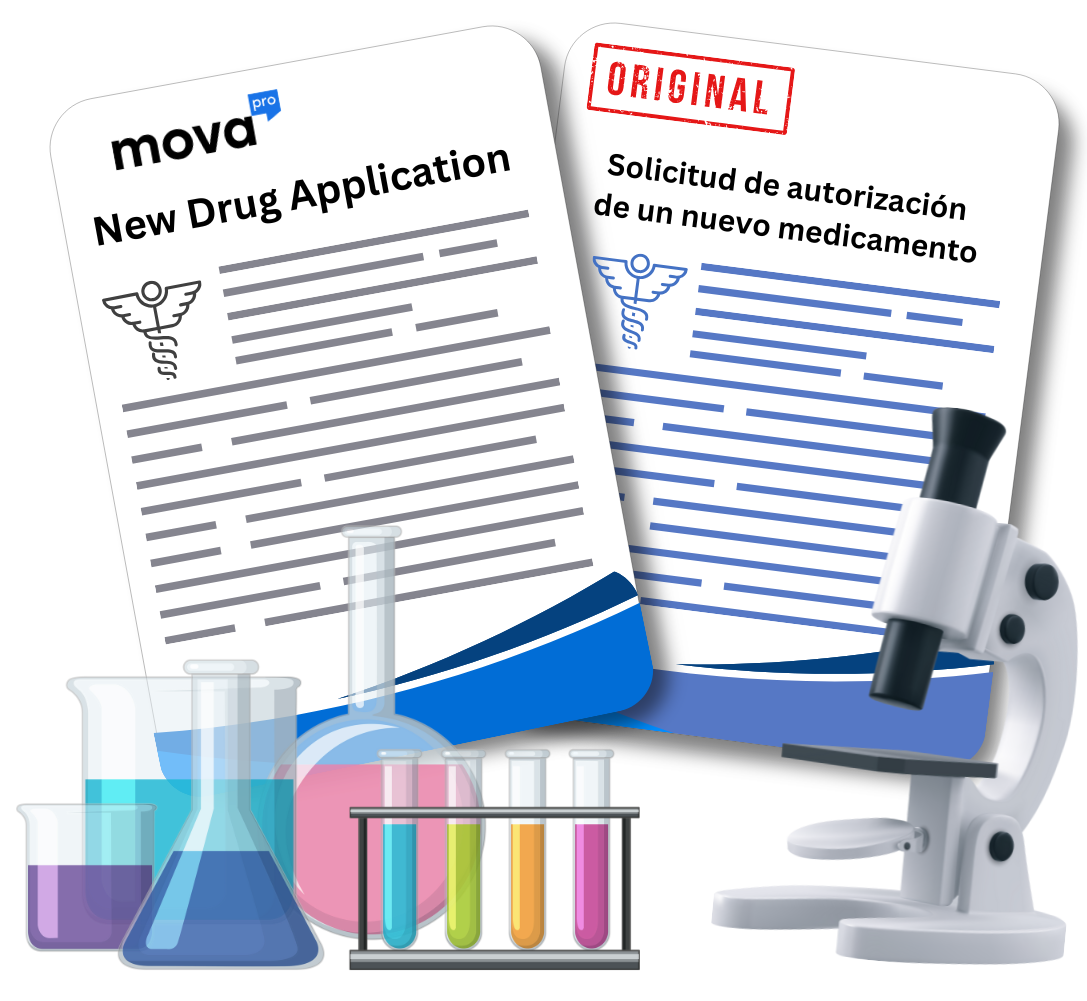Accurate and Compliant Pharmaceutical Translation Services
- Translators with pharmaceutical and life sciences expertise
- Certified and compliant with FDA, EMA, and international regulations
- Fast, accurate, and confidential–ensuring error-free submissions




The Key Advantages of Using Our Pharmaceutical Translation Services
Experienced Translators
Our native-speaking translators specialize in pharmaceutical translations, ensuring precision and industry compliance.
Regulatory Compliance
Certified translations adhere to FDA, EMA, and global regulatory standards for seamless approval.
Fast and Secure Service
We guarantee fast, secure, and confidential translations to meet tight deadlines without sacrificing quality.
Request a precise quote now!
You might not realize it, but pharmaceutical translation plays a vital role in ensuring global healthcare accessibility and safety. In this specialized field of language services, every word can impact patient outcomes and regulatory compliance. When you’re dealing with medical documentation, clinical trials, or drug labeling, precise translation becomes crucial for maintaining the integrity of pharmaceutical information across different languages and cultures. Understanding this complex process and its significance in the healthcare industry can help you make informed decisions about your translation needs and ensure the successful global distribution of pharmaceutical products.
Quality and Precision in Pharmaceutical Translation
Before you commence on any pharmaceutical translation project, you need to understand that quality and precision are non-negotiable elements. Your translated content must maintain the same level of accuracy and clarity as the source material, as even minor errors can have significant implications for patient safety and regulatory compliance. When you work with pharmaceutical translations, you’re dealing with complex medical terminology, dosage information, and safety protocols that require expert handling.
Accuracy Requirements
Across your pharmaceutical translation projects, you must maintain a minimum accuracy rate of 99.9%. Your translations need to precisely convey technical specifications, dosage instructions, and safety information without any room for misinterpretation. When you’re dealing with pharmaceutical content, you’ll find that specialized terminology management and rigorous quality control processes are important to ensure consistency across all your documentation.
Regulatory Standards
Around the world, you’ll encounter strict regulatory requirements for pharmaceutical translations. Your translated documents must comply with standards set by organizations like the FDA, EMA, and WHO. These regulations ensure that your pharmaceutical content maintains consistency and accuracy across different markets while meeting local health authority requirements.
Considering your regulatory obligations, you need to ensure that your pharmaceutical translations adhere to Good Documentation Practices (GDP) and follow ICH guidelines. Your translation process should include thorough documentation, multiple review stages, and validation steps to maintain compliance. This systematic approach helps you avoid costly delays in product approvals and ensures that your translated materials meet the stringent requirements of global health authorities.
Technical Aspects of Translation
Now, when you engage in pharmaceutical translation, you need to understand its technical complexities. Your translation process must align with regulatory requirements, maintain scientific accuracy, and ensure consistent terminology across all documents. The technical aspects encompass specialized software tools, terminology databases, and quality control procedures that guarantee the highest standards in pharmaceutical translation.
Document Types
Types of documents you’ll encounter in pharmaceutical translation vary significantly:
- Clinical trial protocols and reports
- Drug registration documents
- Patient information leaflets
- Marketing authorizations
- Product labels and packaging
Recognizing these distinct document types helps you maintain appropriate style and terminology for each category.
| Document Type | Key Considerations |
|---|---|
| Clinical Trials | Scientific accuracy, regulatory compliance |
| Patient Materials | Clarity, cultural adaptation |
| Regulatory Documents | Legal precision, standardized terminology |
| Marketing Materials | Cultural sensitivity, brand consistency |
| Product Labels | Safety information, space constraints |
Language Specifications
To ensure your pharmaceutical translation meets industry standards, you must adhere to specific language requirements. Your content needs to maintain consistency in terminology, follow target market regulations, and incorporate market-specific medical terminology.
Technical aspects of language specifications in pharmaceutical translation require your attention to detail in formatting, units of measurement, and local health authority guidelines. You’ll need to ensure your translations comply with regional requirements while maintaining the scientific integrity of the source material.
Professional Translation Process
Even the most complex pharmaceutical translations require a structured approach. When you work with professional pharmaceutical translation experts, your documents undergo a comprehensive process that ensures accuracy and compliance with international regulations. This includes initial assessment, terminology management, translation by subject matter experts, editing, and final quality assurance checks.
Translator Qualifications
Against the backdrop of stringent industry requirements, your pharmaceutical translator must possess specific qualifications. You need professionals with advanced degrees in pharmacy, medicine, or related sciences, combined with proven linguistic expertise. Your translator should demonstrate at least 5 years of experience in pharmaceutical translation and maintain current knowledge of industry regulations and terminology.
Quality Control Methods
Along with rigorous translation processes, your pharmaceutical content undergoes multiple quality control steps. You can expect comprehensive terminology verification, peer review by subject matter experts, and compliance checks against regulatory requirements. These methods ensure your translations meet the highest standards of accuracy and consistency.
In fact, your pharmaceutical translation project benefits from advanced quality assurance tools and methodologies. You’ll find that implementing standardized glossaries, translation memory systems, and automated quality checks significantly reduces errors and maintains consistency across all your documentation. This systematic approach helps you achieve 99.9% accuracy rates while meeting strict regulatory deadlines.
Pharmaceutical Documents We Translate
From foundational business documents to financial and legal materials, we provide accurate translations to support your company’s operations and international growth.
Why Choose Our Pharmaceutical Translation Services?
- Specialized Translators with Industry Expertise – Our translators are native speakers with backgrounds in pharmaceuticals, life sciences, and regulatory fields. Each project is handled by linguists who understand the complexity of pharmaceutical terminology.
- Compliance with International Standards – We ensure that your translations meet the strict requirements of regulatory bodies such as the FDA, EMA, and other global agencies, providing certified and notarized translations for official submissions.
- Confidential and Secure – We prioritize confidentiality and data security, ensuring your sensitive documents are handled with the highest level of care.
- Fast Turnaround for Critical Projects – Pharmaceutical projects often work on tight timelines. We offer expedited services, delivering most translations within 24 hours without compromising accuracy.
- Multilingual Consistency – For global pharmaceutical companies, maintaining consistent terminology across all languages is essential. Our translators work closely to ensure uniformity across packaging, trials, and patient materials.
Need ongoing translation services? We offer flexible, long-term solutions for pharmaceutical companies with recurring translation needs.
FAQ
Find the answers to the most frequently asked questions!
What types of pharmaceutical documents do you translate?
We translate a wide range of pharmaceutical documents, including clinical trial reports, drug packaging and labeling, regulatory submissions, patient information leaflets, and manufacturing process documentation.
Do your translations comply with FDA, EMA, and international regulations?
Yes. All our pharmaceutical translations are fully compliant with regulatory standards set by the FDA, EMA, and other international bodies. We ensure that documents are ready for submission without the risk of rejection.
Who handles the translations?
Our translations are performed by native-speaking linguists with backgrounds in pharmaceuticals, life sciences, and regulatory affairs. Each translator specializes in specific areas of the pharmaceutical industry.
Can you provide certified and notarized translations?
Absolutely. We offer certified translations and, when required, notarized documents to meet the demands of regulatory agencies and official submissions.
How long does it take to complete pharmaceutical translations?
Most projects are completed within 24 hours. Larger or more complex projects may require additional time, but we always prioritize accuracy and timely delivery.
What are your pricing options for pharmaceutical translations?
We offer three pricing tiers:
- Machine Translation with Post-Editing – $0.07 per word, suitable for internal documents.
- Human Translation with Quality Assurance – $0.10 per word or $25 per page, ideal for general pharmaceutical materials.
- Specialized Translation by Pharmaceutical Experts – Custom pricing for highly technical or critical documents.
How to Get Your Pharmaceutical Documents Translated
We make pharmaceutical translations simple, accurate, and fast. Follow these three steps to get started:

1. Upload Your Pharmaceutical Documents
Easily upload your clinical trial reports, packaging labels, and other pharmaceutical materials through our secure system. We accept PDFs, Word documents, and scanned files in any format.

2. Get a Quote & Select a Tier
Receive a detailed quote tailored to the complexity and urgency of your project. Choose from three pricing tiers, and we’ll start the translation immediately.

3. Translation, Internal Review & Verification
Pharmaceutical experts translate your documents with precision. Each translation undergoes a thorough internal review to ensure accuracy before being sent to you for final verification.

4. Delivery & Certification
Receive your completed translation within 24 hours. Certified and notarized translations are available on request, ensuring compliance with all regulatory standards.
Regulatory Compliance
Many pharmaceutical companies face complex regulatory requirements across different markets. Your success in global markets depends on meeting these stringent standards while ensuring accurate translation of regulatory documentation. In pharmaceutical translation, you need to comply with regulations from bodies like the FDA, EMA, and local health authorities. This involves precise translation of clinical trial protocols, drug safety reports, and marketing authorization applications.
International Standards
For your pharmaceutical translations to meet global requirements, you must adhere to international standards such as ISO 17100 for translation services and ICH guidelines for pharmaceutical development. Your translated documents need to maintain consistency with Good Manufacturing Practice (GMP) and Good Clinical Practice (GCP) standards across all target markets. These standards ensure that your pharmaceutical translations meet quality benchmarks recognized worldwide.
Documentation Requirements
With pharmaceutical translation, you must maintain comprehensive documentation throughout the process. Your translation projects require detailed records of terminology databases, style guides, and quality assurance procedures. According to industry data, 75% of pharmaceutical companies prioritize documentation quality in their translation processes.
The documentation process in pharmaceutical translation requires your attention to multiple aspects. You need to maintain translation memories, glossaries, and certification records. Your documentation must include proof of translator qualifications, review processes, and validation steps. This comprehensive approach helps you ensure compliance with regulatory requirements while maintaining translation quality and consistency.
Cultural Considerations
After analyzing your target markets, you’ll need to consider cultural nuances that significantly impact pharmaceutical translation. Your content must resonate with local healthcare professionals and patients while maintaining scientific accuracy. Studies show that 75% of consumers prefer products with information in their native language, making cultural adaptation imperative for your pharmaceutical materials.
Regional Adaptations
One of your primary focuses should be adapting your pharmaceutical content to regional healthcare practices and cultural beliefs. Your translations must account for local medical terminology preferences, healthcare systems, and cultural sensitivities. For instance, you’ll find that medication naming conventions and dosage instructions often vary significantly between Asian and Western markets.
Market-Specific Requirements
The pharmaceutical translation process requires you to comply with distinct market-specific regulations and standards. Your documentation must meet local health authority requirements, including specific formatting, terminology, and legal disclaimers. Research indicates that 40% of pharmaceutical companies face market entry delays due to inadequate localization of regulatory documents.
Market-specific requirements in pharmaceutical translation extend beyond basic language conversion. You’ll need to ensure your translated materials align with local pharmacovigilance systems, adverse event reporting protocols, and marketing regulations. Recent data shows that properly localized pharmaceutical content can increase market penetration by up to 30% while reducing compliance risks.
Technology in Translation
Not long ago, pharmaceutical translation relied solely on human expertise. Today, you’ll find that advanced technology plays an integral role in ensuring accuracy and consistency in your pharmaceutical documentation. With AI-powered tools and specialized software, you can now maintain higher precision levels while reducing turnaround times for your translation projects. These technological solutions help you manage complex terminology databases, ensure consistency across multiple languages, and maintain compliance with regulatory requirements.
Translation Tools
Translation memory tools have revolutionized how you handle pharmaceutical translations. These sophisticated systems store previously translated segments, allowing you to maintain consistency across your documentation while reducing costs and timeframes. You’ll find that Computer-Assisted Translation (CAT) tools can help you manage large-scale projects efficiently, ensuring that your medical terminology remains consistent throughout all your translated materials.
Terminology Management
Between different markets and regulatory environments, maintaining consistent terminology is important for your pharmaceutical content. You’ll need robust terminology management systems to ensure that specific drug names, medical terms, and regulatory phrases are translated consistently across all your documents. These systems help you maintain compliance with local regulations while ensuring clear communication across languages.
Even with the best technology, your terminology management requires constant attention and updates. You’ll find that maintaining centralized terminology databases helps you track changes in pharmaceutical terminology, ensure compliance with new regulations, and adapt to evolving industry standards. Research shows that proper terminology management can reduce translation errors by up to 40% and improve overall translation quality by maintaining consistency across all your pharmaceutical documentation.



